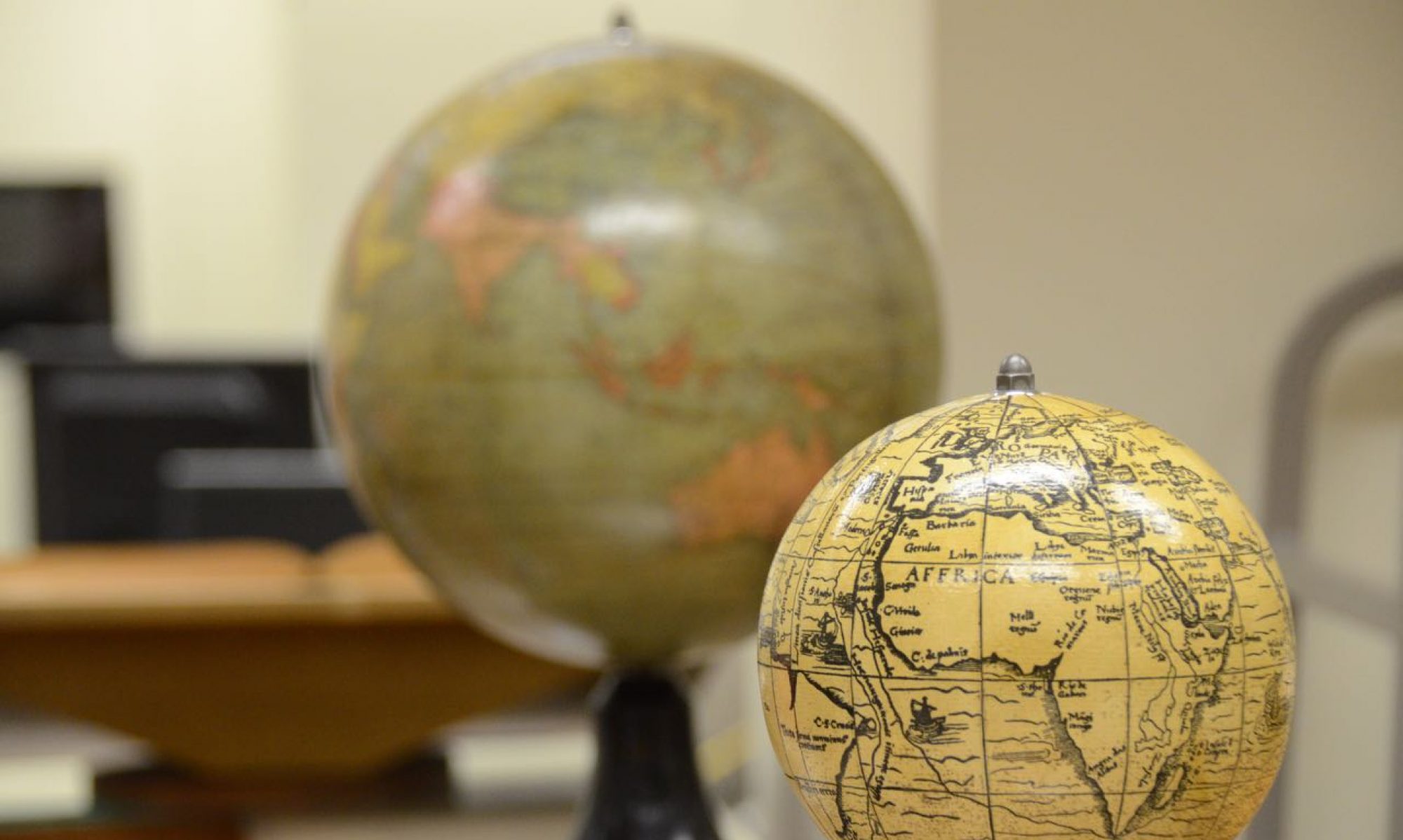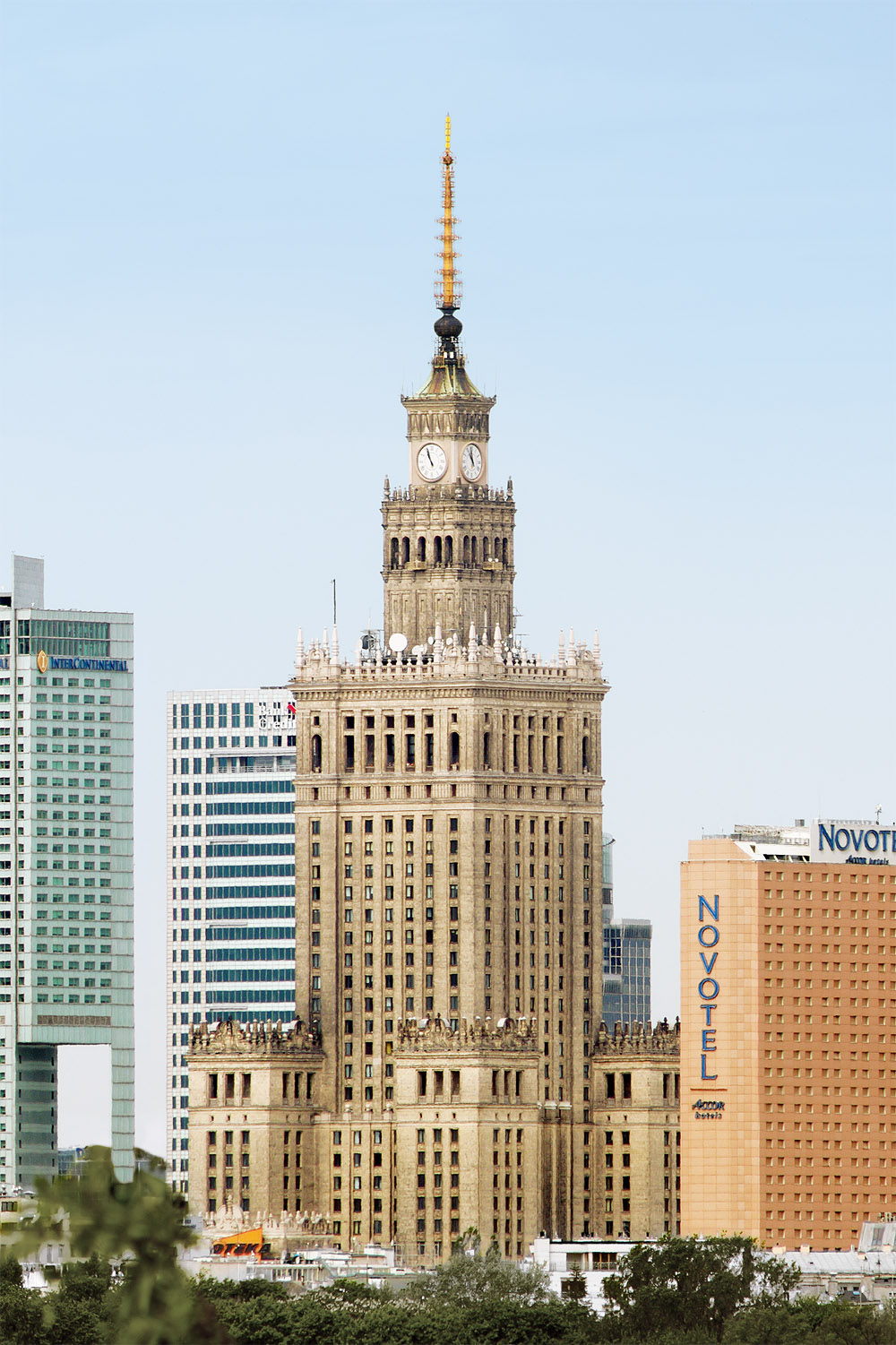flying from Vilnius to Warsaw
With some fun lovlng Aussies and one Emirates hostess on her way to work!
Wilanow
Just outside Warsaw – with my hosts, Michael Ruth Leiserowitz, and their other house guest – Ralph Salinger from Israel.
Wilanow Palace
Wilanów Palace – Wikipedia
Wilanów Palace – Wikipedia
Wilanów Palace or Wilanowski Palace (Polish: pałac w Wilanowie, Polish pronunciation: [ˈpawat͡s vvilaˈnɔvjɛ]) is a royal palace located in the Wilanów district, Warsaw. Wilanów Palace survived Poland’s partitions and both World Wars, and so serves as a reminder of the culture of the Polish state as it was before the misfortunes of the 18th century.
The Love Bridge


Heart(s) of Warsaw
Heart(s) of Warsaw

So you think you know Warsaw off-by-heart? Then impress that special someone with a romantic safari around the heart(s) of the city… Mostek Zakochanych ul. Przyczółkowa 394 Unveiled in 2012, this dinky 12-meter bridge is best enjoyed at night when fully illuminated. Having snapped your own love lock to the…











































































